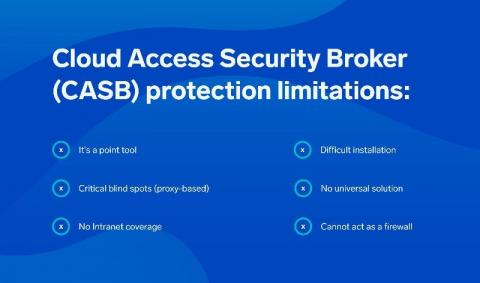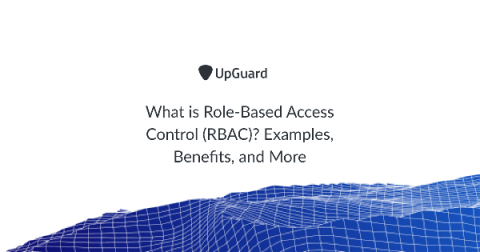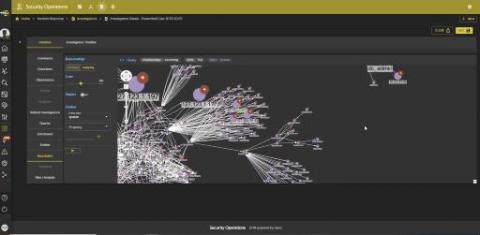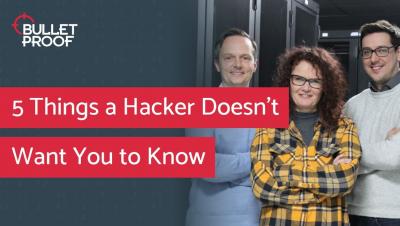Inherent Risk in the Retail Industry: What You Should Know
The retail industry is undergoing an incredible transformation as emerging technologies, omnichannel shopping, as well as digital and social media, compel organizations to figure out how to operate more efficiently and better accommodate customers. Leaders of companies in the retail industry understand the importance of the digital forces at work in the sector and are looking more closely at the inherent risks these digital forces present.










